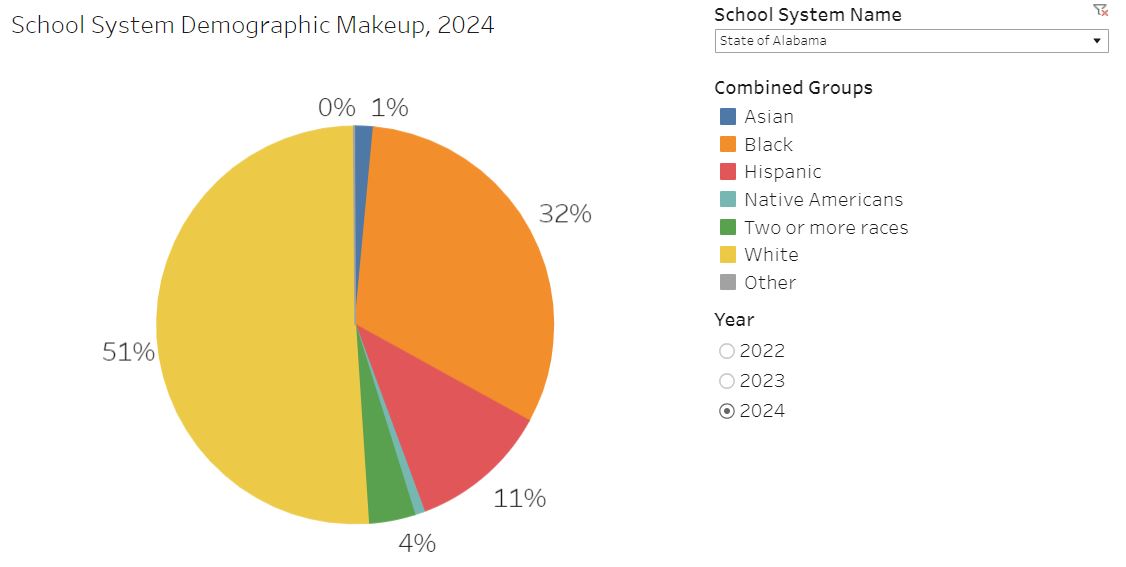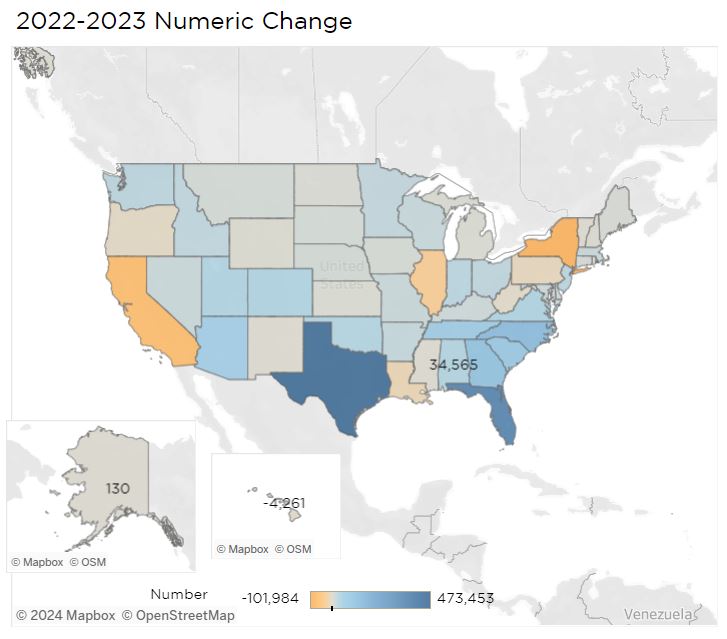
Join us for the 2024 PARCA Annual Forum!
March 8, 2024 at The Harbert Center in Birmingham – 8:30 a.m. to 1:00 p.m.
We know about Alabama’s workforce challenges. We might not know how housing contributes to that challenge. As housing prices increase, middle-income workers—like firefighters, nurses, police officers, teachers, and others essential to our communities— often struggle to live where they work. The shortage of affordable housing complicates hiring and threatens our economic health and community vitality. PARCA’s 2024 Annual Forum will explore this issue. Engage with experts and leaders in the field as we define workforce housing and explore innovative solutions. We will learn what Alabama is doing and what Alabama could be doing to enable our workforce to live where they work and how that fosters vibrant, inclusive communities.
The morning program will be followed by the
Governor Albert Brewer Legacy Lunch
featuring Governor Kay Ivey
If you need to purchase your tickets or table reservation by check, please reach out to
Sarah Dayhood at [email protected].




